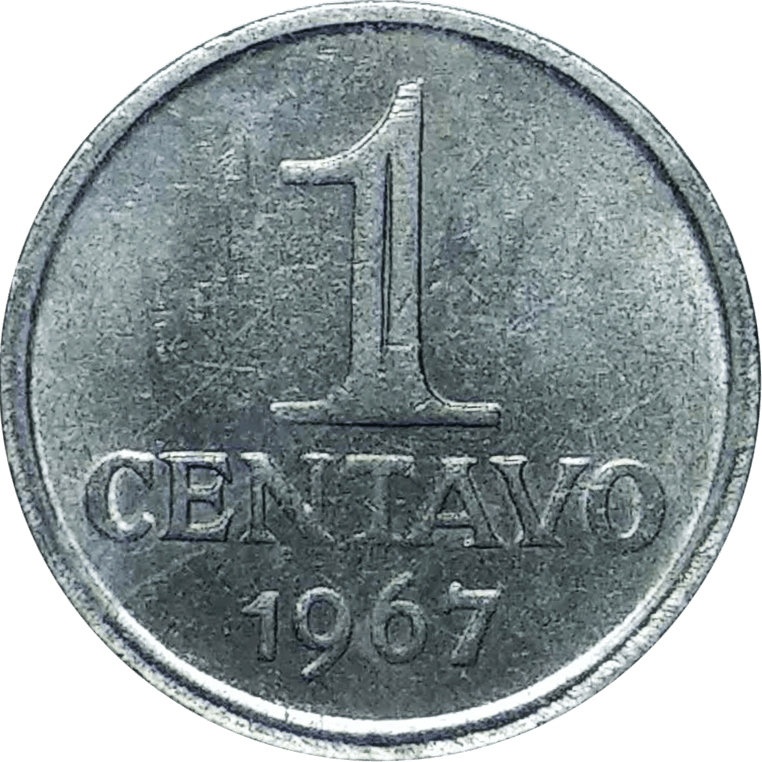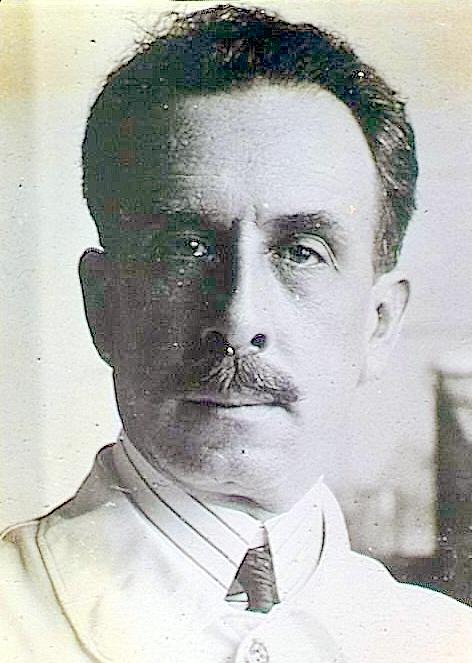|
Cruzado
The cruzado was the currency of Brazil from 1986 to 1989. It replaced the second cruzeiro (at first called the "cruzeiro novo") in 1986, at a rate of 1 cruzado = 1000 cruzeiros (novos) and was replaced in 1989 by the cruzado novo at a rate of 1000 cruzados = 1 cruzado novo. This currency was subdivided in 100 centavos and it had the symbol \mathrm\!\!\!\Vert and the ISO 4217 code ''BRC''. Coins Standard Stainless-steel coins were introduced in 1986 in denominations of 1, 5, 10, 20 and 50 centavos, and 1 and 5 cruzados, with 10 cruzados following in 1987. Coin production ceased in 1988. Commemorative Three designs of commemorative 100 cruzado coins, celebrating the 100th anniversary of the abolition of slavery in the country (the Lei Áurea The (; from Portuguese: Golden Law), adopted on May 13, 1888, was the law that abolished slavery in Brazil. It was signed by Isabel, Princess Imperial of Brazil (1846–1921), an opponent of slavery, who acted as regent ... [...More Info...] [...Related Items...] OR: [Wikipedia] [Google] [Baidu] |
Brazilian Cruzado Novo
The Cruzado Novo was the short-lived currency of Brazil between 15 January 1989 and 15 March 1990. It replaced the cruzado in the rate of 1000 cruzados = 1 cruzado novo. It had the symbol \mathrm\!\!\!\Vert and the ISO 4217 code ''BRN''. In 1990, the cruzado novo was renamed the (third) cruzeiro. This currency was subdivided in 100 ''centavos''. The redenomination was the result of Plano Verão, which would become one of several heterodox plans in an attempt to stabilize the currency, and the path of redenomination was used to try to circumvent possible legal challenges due to rights established in the currency at that time, as happened in the Bresser Plan. The method of monetary redenomination would be used again in 1990, when Fernando Collor de Mello assumed the presidency, and this redenomination to cruzeiro was on par with this currency then in circulation, despite the even darker effects of such an economic plan. Unlike the Cruzeiro Novo denomination of the late 1960s, it ... [...More Info...] [...Related Items...] OR: [Wikipedia] [Google] [Baidu] |
Brazilian Cruzeiro (1967–1986)
The cruzeiro, initially denominated cruzeiro novo (), was the currency of Brazil between 1967 and 1986. It is the second of the 3 historical Brazilian currencies called "''cruzeiro''". It was introduced as ''cruzeiro novo'', with symbol NCr$, and remained with that denomination between 1967 and 1970 in the transition from the previous standard banknotes issued by American Bank Note Company and Thomas de la Rue to the new banknotes issued mainly by Casa da Moeda do Brasil. It was introduced due to inflation and financial instability in the country, and had a conversion rate of 1 ''cruzeiro novo'' = 1000 "old" cruzeiros. After the transition period for the Casa da Moeda do Brasil to be able to manufacture the new banknotes, the currency was renamed simply ''cruzeiro'', with symbol Cr$. The ''cruzeiro'' remained as the official currency until 1986, when the it was replaced by the ''cruzado'', at a rate of 1 ''cruzado'' = 1000 ''cruzeiros''. History Context Until the 1960s ... [...More Info...] [...Related Items...] OR: [Wikipedia] [Google] [Baidu] |
Brazilian Cruzeiro (1990–1993)
The cruzeiro was the currency of Brazil between 1990 and 1993. It was the third iteration of a Brazilian currency named "cruzeiro", and replaced the cruzado novo at par. It was used until 1993, when it was replaced by the cruzeiro real at a rate of 1 cruzeiro real = 1000 cruzeiros. History In late 1989 and early 1990, inflation reached increasingly rampant levels, with monetary deterioration throwing most of the available resources into financial speculation. In an attempt to reduce this, President-elect Fernando Collor contacts President José Sarney, then at the end of his term and by mutual agreement, a bank holiday is determined from March 12 to 15. When President Collor took office, 80% of the amount deposited in the accounts, except for accounts that had a maximum value of 50,000 cruzados novos, had their value confiscated and frozen in the accounts for a period of 18 months, except in exceptional cases. The currency in circulation was renamed to Cruzeiro and due to t ... [...More Info...] [...Related Items...] OR: [Wikipedia] [Google] [Baidu] |
Carlos Chagas
Carlos Justiniano Ribeiro Chagas, or Carlos Chagas (; July 9, 1879 – November 8, 1934), was a Brazilian sanitary physician, scientist, and bacteriologist who worked as a clinician and researcher. He discovered Chagas disease, also called ''American trypanosomiasis'', in 1909, while he was working at the Oswaldo Cruz Institute in Rio de Janeiro. Chagas's work holds a unique place in the history of medicine. Working in primitive conditions, Chagas described in detail a previously-unknown infectious disease, its pathogen, vector (Triatominae), host, clinical manifestations, and epidemiology. Chagas was also the first to discover and illustrate the parasitic fungal genus '' Pneumocystis'', which later became infamous for being linked to pneumocystis pneumonia in AIDS patients. Early life Chagas was the son of José Justiniano das Chagas, a coffee farmer from Minas Gerais, and Mariana Cândida Chagas, both of Portuguese descent. After his secondary studies at Itu, São Paulo ... [...More Info...] [...Related Items...] OR: [Wikipedia] [Google] [Baidu] |
100-cruzados-criança-1988-anverso
1 (one, unit, unity) is a number representing a single or the only entity. 1 is also a numerical digit and represents a single unit of counting or measurement. For example, a line segment of ''unit length'' is a line segment of length 1. In conventions of sign where zero is considered neither positive nor negative, 1 is the first and smallest positive integer. It is also sometimes considered the first of the infinite sequence of natural numbers, followed by 2, although by other definitions 1 is the second natural number, following 0. The fundamental mathematical property of 1 is to be a multiplicative identity, meaning that any number multiplied by 1 equals the same number. Most if not all properties of 1 can be deduced from this. In advanced mathematics, a multiplicative identity is often denoted 1, even if it is not a number. 1 is by convention not considered a prime number; this was not universally accepted until the mid-20th century. Additionally, 1 is ... [...More Info...] [...Related Items...] OR: [Wikipedia] [Google] [Baidu] |
100-cruzados-criança-1988-reverso
1 (one, unit, unity) is a number representing a single or the only entity. 1 is also a numerical digit and represents a single unit of counting or measurement. For example, a line segment of ''unit length'' is a line segment of length 1. In conventions of sign where zero is considered neither positive nor negative, 1 is the first and smallest positive integer. It is also sometimes considered the first of the infinite sequence of natural numbers, followed by 2, although by other definitions 1 is the second natural number, following 0. The fundamental mathematical property of 1 is to be a multiplicative identity, meaning that any number multiplied by 1 equals the same number. Most if not all properties of 1 can be deduced from this. In advanced mathematics, a multiplicative identity is often denoted 1, even if it is not a number. 1 is by convention not considered a prime number; this was not universally accepted until the mid-20th century. Additionally, 1 is ... [...More Info...] [...Related Items...] OR: [Wikipedia] [Google] [Baidu] |




